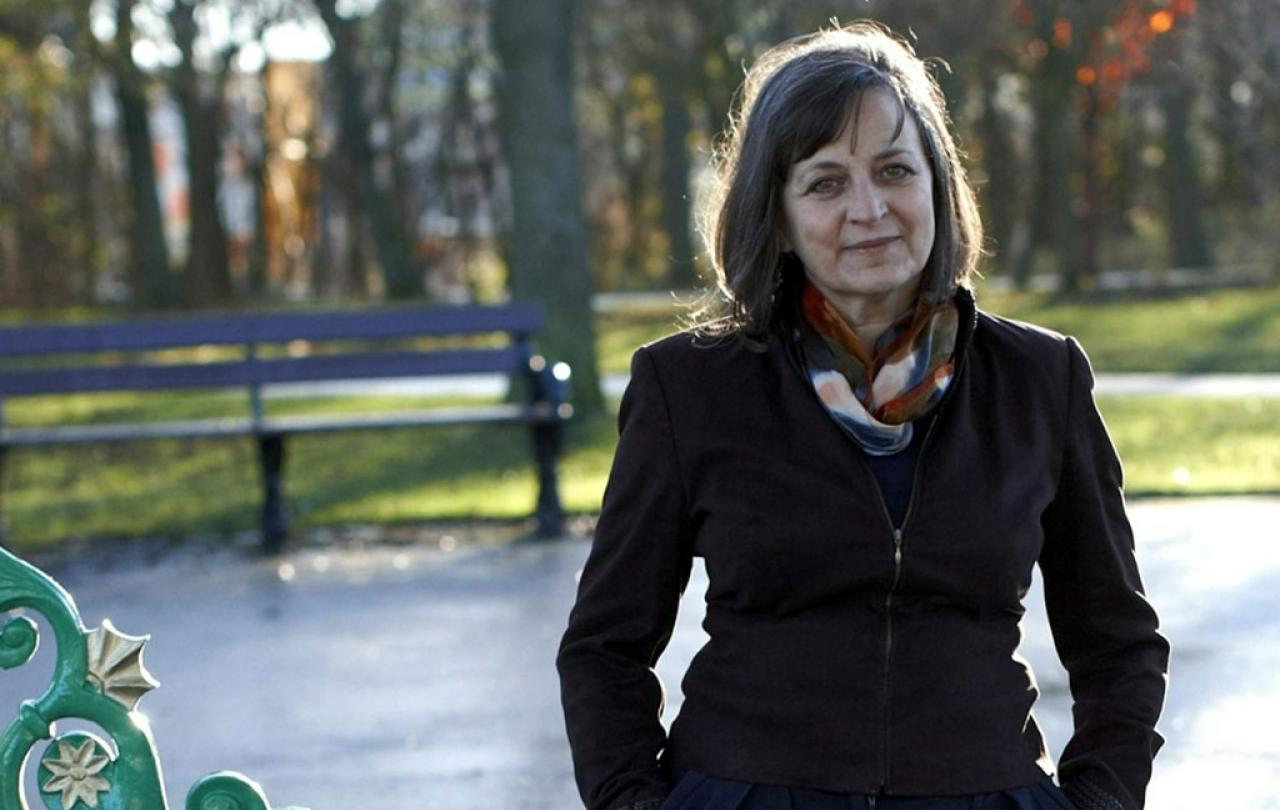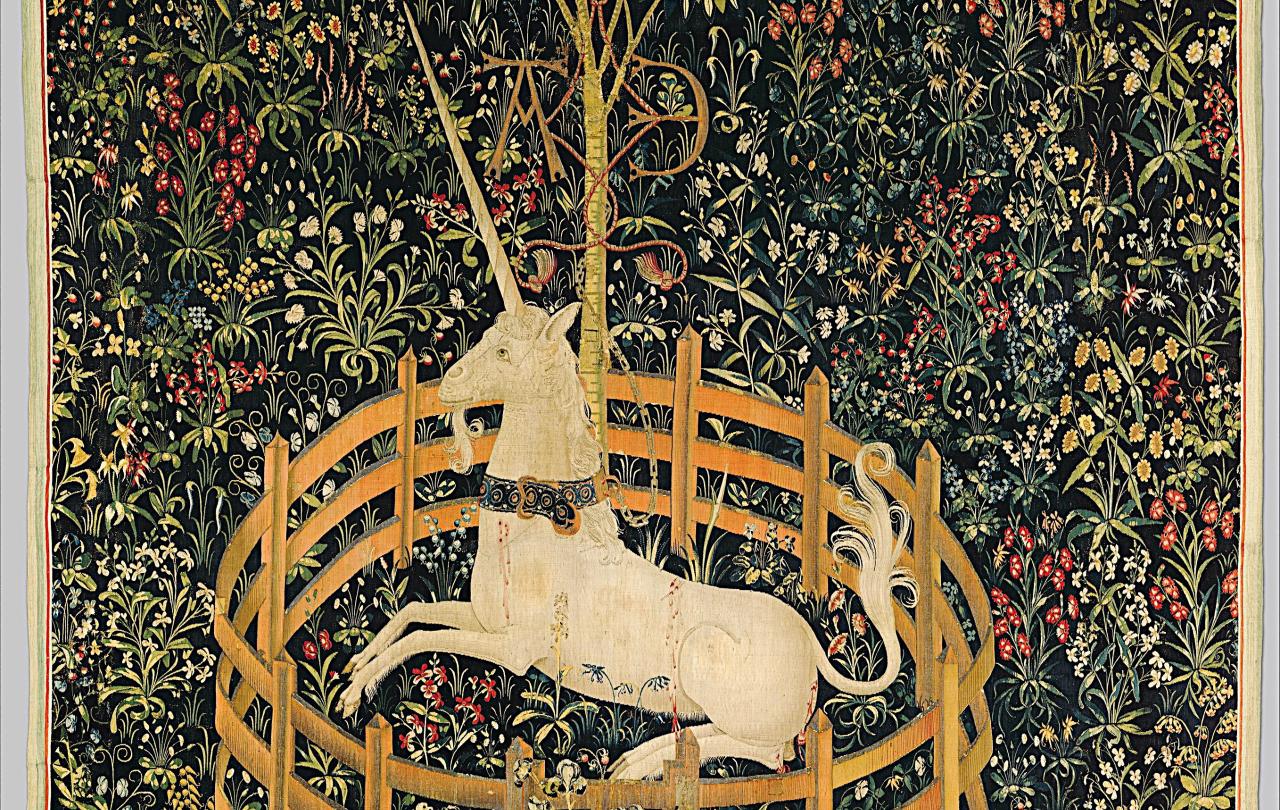
Shortly after the late Queen Elizabeth died, in September last year, Kathryn Mannix, a former palliative care doctor, decided to point out something that had been going unremarked. Mannix, who spent 30 years in various palliative care roles in the North of England until retiring in 2016, wrote on the social media platform then called Twitter that the world had watched the late monarch live through a process that she called “ordinary” dying. But, she added, the dying had gone “unspoken, un-named”.
Mannix’s 12-post thread pointing out what the world had been watching was to prove one of the most successful steps yet in her long-running campaign to refamiliarise the world with how people die, the signs that someone is dying and how the process works. The thread has been viewed several million times. Among the replies to her post, according to Mannix, were several from people saying they recognised from it that relatives were going through the process and they should prepare.
Mannix hopes that her efforts will ensure people learn to cope better with their own and others’ inevitable deaths in ways that work better both medically and emotionally.
“The queen’s death was no surprise to those of us who have been watching that process that we recognise as ordinary dying,” Mannix says, in an interview over lunch in Newcastle, near her Northumbria home.
“The person got into hospital to have treatment to stop them from dying. When they died, that was a medical failure. That was an embarrassment.”
Mannix will take another substantial step in her campaign on November 1 when she delivers the annual lecture for the religious think-tank Theos on Dying for Beginners. The lecture will revisit the lessons of her thread about the queen and two successful books about dying: With the End in Mind, recounting the lessons of her career in palliative care, and Listen, about finding the words for end-of-life conversations. All of her work has stressed the unhelpful aspects of medical practitioners’ increasing involvement in deaths. Doctors’ increasing power to prevent death in many circumstances and delay it in others has made it, in her view, damagingly unfamiliar.
However, Mannix insists that, while the November 1 lecture has been organised by a faith-based think-tank, her principles are applicable whether people understand their lives through a spiritual prism or via something else like family, politics or art.
“There are a number of constructs that give people meaning,” Mannix says.
At the heart of Mannix’s message is the idea that death was once a familiar process that people knew how to manage. She argues that the last century’s medical advances changed that.
“I think we’ve forgotten because over the course of the twentieth century life expectancies nearly doubled,” Mannix says.
She points to a range of factors behind the shift, from improved sanitation and vaccination programmes to the founding in the UK of the National Health Service and the introduction of antibiotics.
She dates the shift of dying from home to hospital to the second half of the twentieth century.
“It was almost like dying was kidnapped inside hospitals then,” she says. “The process itself got slightly distorted by the medical interventions like intensive care units, so the process became less recognisable.”
The key change, according to Mannix, was that death became “the enemy”.
“The person got into hospital to have treatment to stop them from dying,” she says. “When they died, that was a medical failure. That was an embarrassment.”
“It’s hard to have a conversation with a person who has no pegs to hang that conversation on. The current population has no idea about dying.”
Doctors started to keep in hospital people who would prefer to be at home with their grandchildren, in case there was one more thing they might try that would save their lives, Mannix says.
“We need to celebrate that medicine can do so much more than it used to be able to do,” Mannix says. “But we need to remember that those achievements are only postponing dying. We’ve not cured death.”
Clinicians need to recognise the point in illnesses where death becomes inevitable and speak to patients about their priorities for their remaining time, she adds.
“Survival at all costs might not be what is most important to them,” Mannix says. “There may be things that they wish to fulfil.”
Mannix is clear that the UK at least remains a long way from learning the lessons that she is trying to teach. She was prompted to write her thread about Queen Elizabeth’s death partly by the ending to a news bulletin announcing that the monarch’s family were rushing to her bedside at Balmoral. Mannix says the newsreader finished the segment, hours before the death was announced, by saying “Get well soon, ma’am.” She describes it as “a dreadful example of our death-denying”.
She is giving the annual Theos lecture as the group is in the midst of releasing a suite of resources designed to provoke greater debate around death and dying. They include a video where Mannix explains the dying process. The group’s research paper Ashes to Ashes, published in March, showed that many British people had similar priorities for their own deaths and those of loved ones as set out in Mannix’s work. They wanted to be free of pain or suffering, surrounded by family, probably at home, to be reconciled to people and to be prepared.
According to Mannix, however, even her fellow medical professionals feel poorly equipped to begin conversations with patients or their families about impending death. Many people had contacted her after reading With the End in Mind saying that they were convinced of the need for frank conversations about death but had no idea how to start them.
“The feedback from doctors and nurses was the same as from the general public – ‘I don’t know how to talk about this bit’,” Mannix says. “’Nobody taught us about this in training’.”
It is also a challenge for medical professionals that patients and their families are typically resistant to conversations about death, she adds.
“The doctor doesn’t want to be the bad guy or girl and constraints in the NHS are such they can’t find time for the length of conversation that’s likely,” Mannix says, adding that many doctors are also unfamiliar with exactly how the dying process tends to unfold.
“They’re not taught about dying,” Mannix says of trainee clinicians. “They’re not taught to see good dying as a good medical outcome and it could be.”
Those conversations are all the harder, she adds, because society as a whole has so little conception of the process of death.
“It’s hard to have a conversation with a person who has no pegs to hang that conversation on,” Mannix says. “The current population has no idea about dying.”
In wider society, meanwhile, she would like to see far more communities taking the opportunity to support the dying.
The questions fundamentally end up being spiritual or philosophical ones, Mannix says. She declines to be drawn on her own spiritual practices but describes herself as “spiritually curious”. She similarly declines to outline her position on the debate about assisted dying, saying that expressing a view on that would be a distraction from her primary purpose of promoting discussion of the ordinary dying process.
But she says questions about how to manage death, whether to prolong life and the balance between quality and length of life inevitably raise “societal questions”.
“We all want to think about our life being worth something and about the purpose that we think is the purpose of being alive,” Mannix says.
Mannix hopes her campaign will prompt religious leaders to think more carefully about how they support families and dying people. In particular, she would like priests to acknowledge to those they are supporting that faith will not always banish fear and that the faithful will sometimes feel abandoned by God in the face of death. She would like to see far more thorough training for clergy throughout their careers in how to have such conversations.
She would also like to see more clergy learn more about the process of death, so that they can reassure families about what they are witnessing – for example, that apparent gasping from the dying person does not indicate pain. She expresses optimism about the growth of civil society organisations – some based around religious organisations – seeking to encourage a more open discussion of death and dying. She speaks particularly warmly of the Death Cafe movement – where people meet for cake and coffee to discuss death issues – and the End of Life doula movement. End of Life doulas seek to shepherd people through death the same way that birth doulas assist women in labour.
Both of those movements have a key role to play in bringing about the revolution that Mannix would like to see in society’s understanding of death and its role in life.
Asked what a balanced approach to the issue would look like, Mannix says it would be “very helpful” if people were told at the outset when they were diagnosed with a long term, potentially life-limiting condition that it could be so.
“Currently, people understand that cancer can kill you,” Mannix says. “But there are many people walking around the country who have long-term lung diseases, kidney diseases, who just wonder why they never feel as well as they used to do.”
In wider society, meanwhile, she would like to see far more communities taking the opportunity to support the dying.
“A decision for the public would be to think of an organisation or society or a community that they belong to and how could they be agents of change in that community to explore the concept or ordinary dying,” Mannix says.
Such communities can decide how best to prepare and make available support for other community members when they are dying.
“Their dying will come one by one,” Mannix says. “We’ll all take our own turn.”
While most tickets for Kathryn Mannix’s talk on November 1 have been taken, some more may become available at theosthinktank.co.uk. For those unable to attend, the lecture will be filmed and posted afterwards on the Theos website.





